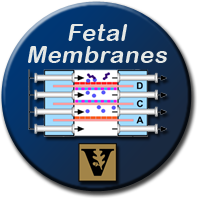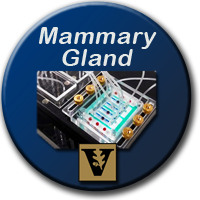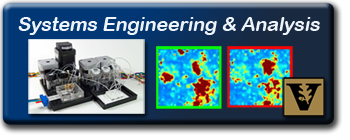VPROMPT Research
The Vanderbilt-Pittsburgh Resource for Organotypic Models for Predictive Toxicology (VPROMPT) was established as an EPA STAR Center and is lead by Prof. Shane Hutson from Vanderbilt University.
This Center will work toward advancing alternative methods of chemical toxicity testing using organotypic culture models (OCMs) – 3D cultures of heterotypic cells with appropriate extracellular matrices to better approximate the in vivo cellular microenvironment.
The aim is to use OCMs as experimentally accessible systems of intermediate complexity to advance predictive toxicology: (1) by elucidating the scale(s) of organismal complexity that most severely confound computational predictions of in vivo toxicity from in vitro data sets; and (2) by elucidating the details of adverse outcome pathways from molecular initiating events to tissue-level responses. We further aim to engineer and develop OCM platforms for chemical toxicity testing that will be amenable and affordable for medium to high throughput screening.
We will address these objectives using a liver-OCM plus three OCMs relevant to developmental and reproductive toxicology: mammary gland, limb/joint development, and fetal membrane.

|

|
|

|
|

|
Each OCM will be screened (in blind and dose-response fashion) against 30-50 chemicals from the ToxCast inventory using both direct chemical exposure and liver-OCM conditioned exposure. Subsets of chemicals inducing toxic responses in each OCM will then be subjected to in depth adverse outcome pathway analysis using dynamic OCM responses collected in parallel during the screens (via electrochemical sensors, fluorescent reporters of cellular behaviors and signaling pathways, functional assays and imaging of 3D morphology), dynamic responses of additionally targeted signaling pathways, and both targeted and untargeted analysis of stored OCM effluent using Ion Mobility Mass Spectrometry (IM-MS).
Read more about our five projects:
- Project 1. Mammosphere Bioreactor For Life-Stage Specific Toxicology
- Project 2. Organotypic Culture Model to Analyze Developmental Limb Malformations Resulting from Toxicant/Teratogen Exposure
- Project 3. Validating a Fetal Membrane-on-a-Chip Model for Characterizing Reproductive Toxicant Exposure Risks
- Project 4. Organotypic Liver Model for Predictive Human Toxicology and Metabolism
- Project 5. Systems Engineering & Analysis for Organotypic Culture Models

Laft to right: Shane Hutson, John Wikswo, Lisa McCawley, and Dmitry Markov holding a mammosphere
bioreactor and various platform integration hardware.

